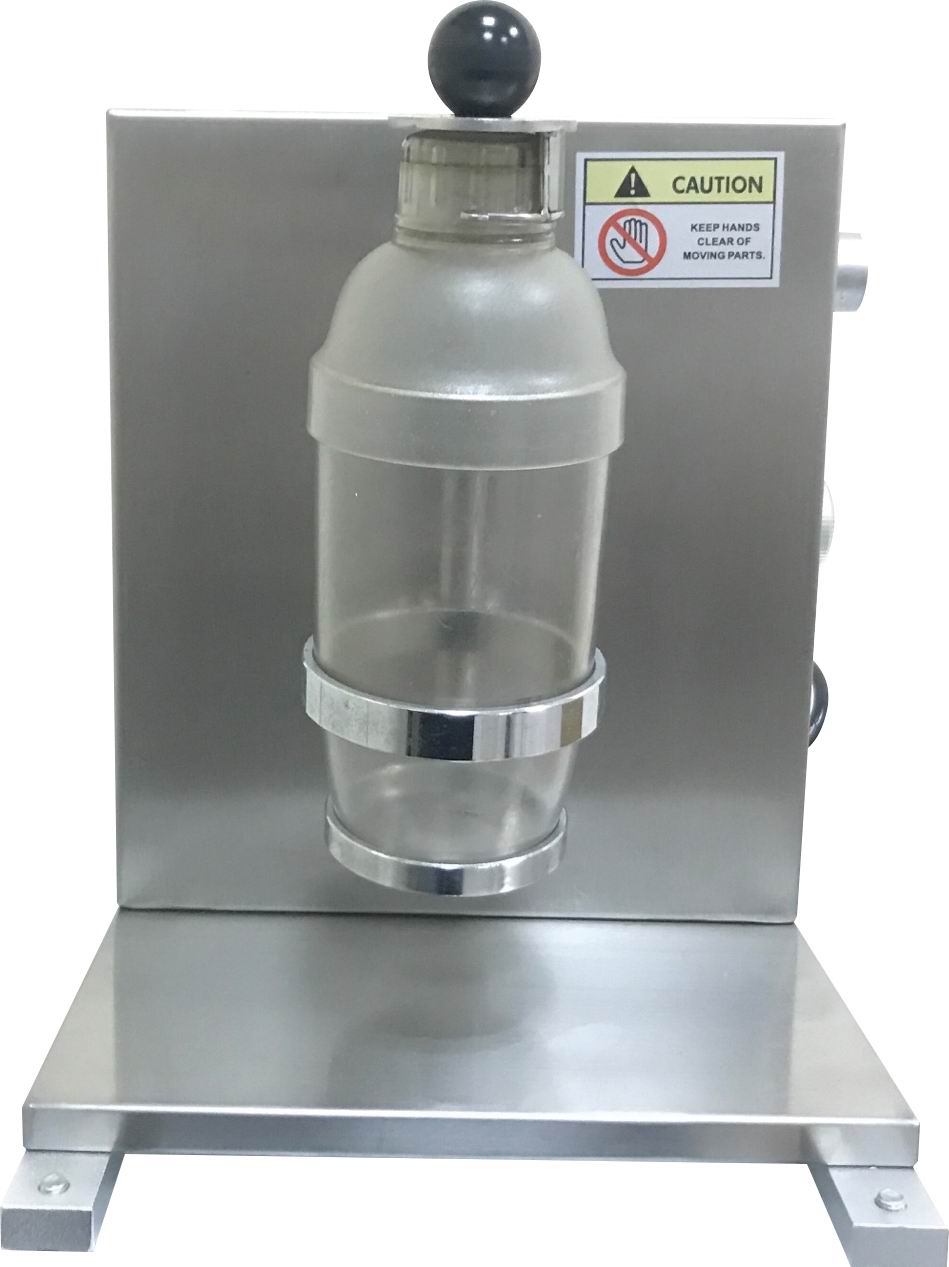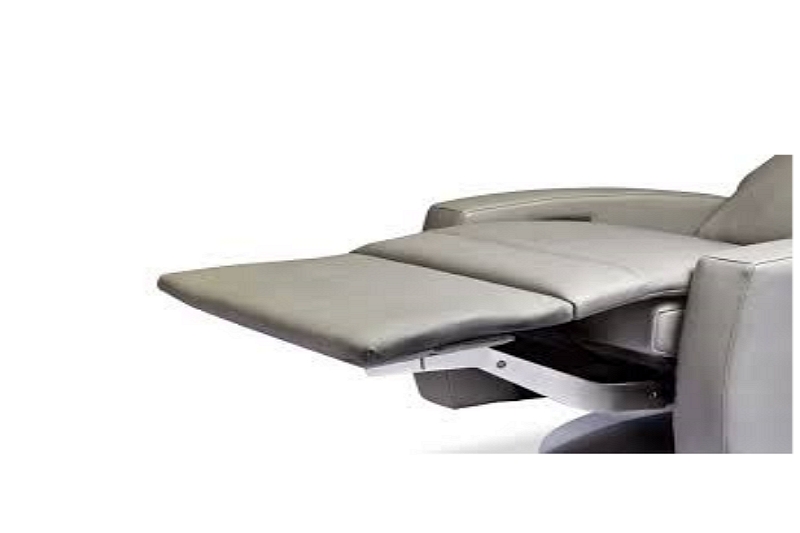Images and videos of the final project:
I have now attached everything and essentially completed my final step in my design, now I just need to tweak and make adjustments to the angle of rotation and the speed at which it is spinning, all to better suit the purpose and design of this project. The video is attached here.
Here is the grande final version of the project; this video was filmed in school and demonstrated how the mixer worked. Mr. Hussack gave a fantastic idea to employ food color to show the “mix,” as can be seen in the video here. It was honestly both shocking and extraordinary to see it work so amazingly!
Here is the link to the one drive folder containing the design process of this product and all the videos shared.
The science behind all this that allows the project to work is relatively straightforward and relates to the transfer & movement of energy. As the motor is electrical and needs electricity to function, the principal and only energy source are the six AA batteries that power up the motor, which then spins the wooden platform and consequently spin and mix the cup. The flow of electricity travels around in a loop or a circuit that maintains the balance of the negative and positive charges; it is constructed so that the negatives and positives do not intersect and therefore do not create a short circuit. The switch acts as the circuit “gate”; it allows electricity to flow through once opened and ceases electricity flow once closed; this is greatly necessary to control the motion of the motor, or else the motor will constantly be spinning. Furthermore, chemical potential energy is stored within batteries, and electro-mechanical devices, such as the rotation motor, convert the energy transferred from the batteries into motion. When the motor is spinning, electrical energy is constantly converted to rotational motion, which then outputs to the wooden platform, turning the cup.
In my opinion, the most prosperous area in this project was designing the product, applying feedback, and making changes along the way, essentially the “create and improve” process. It is undoubtedly normal to make mistakes and face challenges during the process of designing; however, I believe it is vital that we take the time to reflect upon our work and, most importantly, ask & take in feedback from others, ultimately applying those and make corresponding changes. When I encountered challenges, I reached for help from my peers and adults, received their feedback, and used their suggestions for my own project. This, I believe, was a strength of mine as I was able to significantly improve my work and reflect upon my error,; correct them, and enhance them. Moreover, I successfully designed the motor placement and its connection with the wooden platform. I specifically made the platform attached at an 80-degree angle so that the cup, when spun, will create a whirlpool effect that, to a large extent, helps the “mix” of the liquid. This unique detailed design turned out to be very successful and efficient.
An area of improvement is definitely the aesthetics of the project; although it functions well, it simply looks too pale and “ugly.” I always plan to decorate the foam box with colors and papers once I complete the electrical and “essential” parts. However, due to time constraints, I did not have the opportunity to do so. Again, this is my personal mistake as I should not have spent the first three classes working on a project that did not function, but instead, I should plan my time and project wisely and more productively in the future.
This project primarily aims to help people who require a machine to automatically mix/shake a liquid (most cases a drink) and generally people who are causally in the kitchen, making food, drinks, etc. The project’s theme is focused on relaxation and enjoyment and comes in handy by saving time and unnecessary actions, as the machine will do it for you. Not only does this project target family-based consumers, but also possibly industrial clients, who require large amounts of work without the need for human power. This project clearly saves people’s valuable time and efficiently produces, with quality, the drink or liquid substance they require. Additionally, apart from the styrofoam box that was supposed to be wooden, the materials needed to create this project are environmentally friendly and sustainable, providing a valuable machine to society while remaining eco-friendly. This makes a general impact on the environment as more consumers and clients are willing to use this design. We live in a world in desperate need of environmental protection and the sustainability of our earth; eco-friendly products will be higher in terms of demand in the market, followed by a possible higher output price.




























Recent Comments